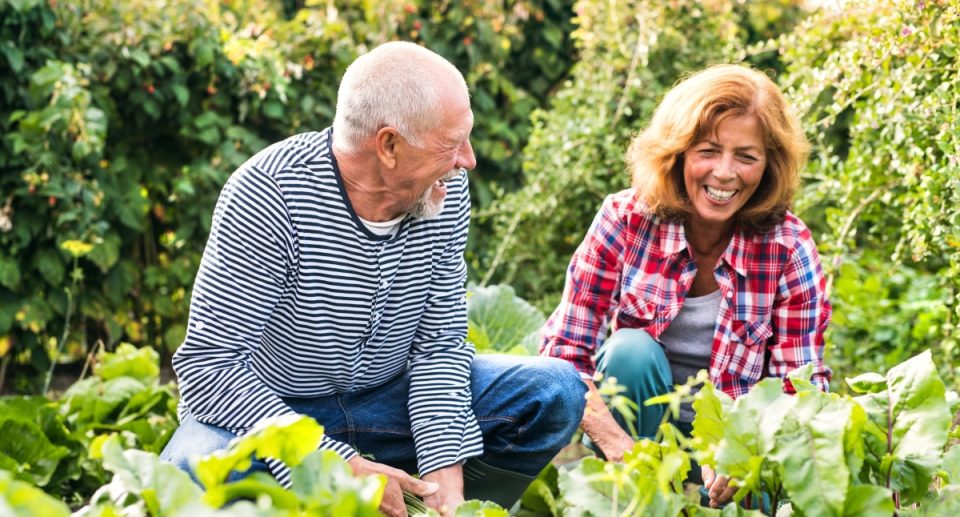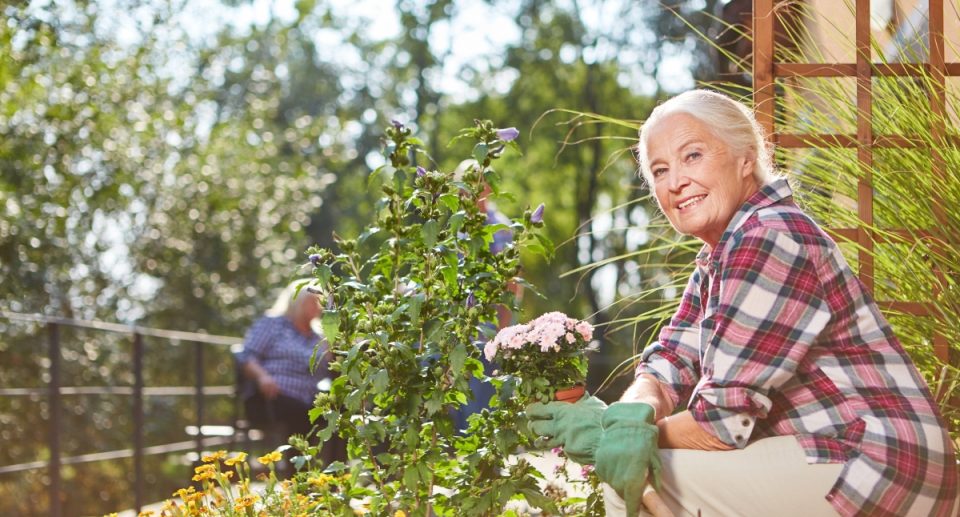The Joys of Birdwatching: A Beginner’s Guide for Seniors

Birdwatching, or birding, is one of the most peaceful and rewarding outdoor activities, offering a chance to connect with nature, stimulate the mind, and provide a sense of wonder. For seniors, it’s an ideal hobby that requires minimal physical exertion but offers significant mental and emotional rewards. Whether you’re looking for a simple way to enjoy the outdoors or want to learn more about the natural world, birdwatching can be an enriching experience. This guide will walk you through how to get started with birdwatching and explore its many benefits for seniors.
1. Why Birdwatching is Perfect for Seniors
A. Low-Impact Activity
Birdwatching is a low-impact activity that doesn’t require intense physical exertion, making it perfect for seniors. It can be done from a park bench, your backyard, or a leisurely walk, allowing you to set your own pace. Unlike more physically demanding outdoor hobbies, birdwatching doesn’t put a strain on your joints or require rigorous movements, making it accessible for seniors of all mobility levels.
B. Stimulates the Mind
Birdwatching isn’t just about watching birds fly by; it involves identifying species, listening to their songs, and observing their behaviors. This engagement stimulates the brain and keeps it active. Researching different species and learning how to identify them enhances memory and cognitive function, providing a fun and mentally stimulating activity.
C. Emotional Well-being
Spending time in nature has been shown to reduce stress and anxiety, and birdwatching offers the perfect opportunity to relax and find calm in the natural world. The simple joy of watching birds go about their day can be meditative, helping to improve emotional well-being and provide a sense of peace.
2. Essential Birdwatching Gear

A. Binoculars
A good pair of binoculars is the most important tool for birdwatching. While you can see birds without them, binoculars allow you to see details, such as the color of feathers and patterns, that are necessary for identifying different species. When choosing binoculars, look for ones that are lightweight, easy to use, and offer clear magnification without being too powerful.
B. Field Guide
A field guide is essential for identifying birds and learning more about the species you see. Many bird field guides are available, both in print and digital formats. Some guides are specific to regions, which can help narrow down the types of birds you’re likely to encounter. The Sibley Guide to Birds and Peterson Field Guide to Birds are popular birdwatchers choices.
C. Notebook or Birdwatching App
Keeping a record of the birds you’ve seen can add an extra layer of enjoyment to birdwatching. A simple notebook is a great way to jot down observations, note the date and location of sightings, and track your progress. There are also birdwatching apps like eBird and Merlin Bird ID that help with bird identification and allow you to log your sightings digitally.
3. Best Places for Birdwatching
A. Your Backyard
One of the easiest places to start birdwatching is your backyard. Many common bird species can be found right outside your door, especially if you create an inviting habitat. Hanging bird feeders or providing water sources, like birdbaths, can attract a wide variety of birds. Native plants, trees, and shrubs are also great for creating a bird-friendly space that will draw different species throughout the year.
B. Local Parks
Local parks are fantastic birdwatching locations, often home to both resident birds and migratory species. Parks with trees, ponds, and open spaces tend to attract a diverse range of birds. Many parks also have walking trails, making it easy to bird-watch at a leisurely pace. Don’t forget to bring your binoculars and a field guide, as you’re likely to encounter new birds that you may not see in your backyard.
C. Nature Reserves and Wildlife Refuges
For those who want to explore beyond their backyard or local parks, nature reserves and wildlife refuges offer more expansive areas to observe birds in their natural habitats. These areas are often home to rarer species and provide opportunities to see birds that thrive in protected environments. Many reserves also have guided birdwatching tours, which can be a helpful way to learn from experienced birders.
4. Tips for Beginner Birdwatchers

A. Start with Common Birds
When starting out, focus on identifying common birds in your area. Birds like robins, sparrows, and cardinals are easy to spot and recognize. Once you become familiar with these species, you can gradually start looking for more unique and rare birds. Starting with familiar species will build your confidence and make birdwatching more enjoyable.
B. Learn to Identify Birds by Their Calls
Birdwatching isn’t just about what you see—it’s also about what you hear. Many birds have distinctive songs and calls that can help with identification, especially when they’re hidden from view. Taking time to listen carefully and learning to recognize bird calls adds another dimension to birdwatching. Apps like Merlin Bird ID have features that help you identify birds by their calls, making it easier to connect what you hear with what you see.
C. Be Patient and Observe Quietly
Birdwatching requires patience. Birds can be shy and are more likely to show themselves if you remain still and quiet. Find a comfortable spot and take your time observing the surroundings. Over time, you’ll become more attuned to movement and subtle changes in the environment that indicate the presence of birds.
D. Join Birdwatching Groups or Clubs
One of the best ways to improve your birdwatching skills and meet like-minded individuals is to join a birdwatching group or club. Many communities have birding clubs that organize walks, trips, and events, providing opportunities to learn from more experienced birders. These groups can offer valuable advice on bird identification and local birding hotspots while also providing social interaction.
5. Health Benefits of Birdwatching
A. Physical Activity
Birdwatching encourages gentle physical activity, such as walking or standing for extended periods. Even short walks to observe birds can improve cardiovascular health, boost energy levels, and promote mobility. For seniors looking for an activity that combines relaxation with mild exercise, birdwatching is an excellent option.
B. Reduces Stress
Spending time outdoors, surrounded by the beauty of nature, can significantly reduce stress levels. The rhythmic sounds of birdsong, coupled with the peaceful environment of parks or gardens, have a calming effect that helps reduce anxiety and lower blood pressure. The simple act of focusing on the movements and behaviors of birds can also take your mind off daily worries.
C. Mental Stimulation
Identifying different bird species, learning about their habits, and keeping a record of sightings stimulates the brain and enhances memory and problem-solving skills. Birdwatching keeps the mind sharp, especially as you learn to recognize more species and remember their calls, behaviors, and distinguishing features. For seniors, this mental stimulation can be a vital part of maintaining cognitive health.
6. Creating a Bird-Friendly Space at Home
A. Set Up Bird Feeders
Bird feeders are a great way to attract birds to your backyard, making birdwatching convenient and accessible. Depending on the type of feeder you use—tube feeders, platform feeders, or suet feeders—you can attract different species. Be sure to use quality birdseed and regularly clean the feeders to keep them hygienic.
B. Plant Native Flowers, Trees, and Shrubs
Native plants provide food and shelter for birds, attracting a wider variety of species. Trees like oak and maple offer nesting sites, while native flowers attract insects that birds feed on. By planting a variety of native plants, you create an inviting habitat that encourages birds to visit your garden.
C. Provide a Water Source
Birds need water for drinking and bathing. Adding a birdbath or a small fountain to your garden will attract even more birds. Ensure that the water is clean and replenished regularly, especially in warmer months when birds rely on water sources more frequently.
Conclusion
Birdwatching is an enjoyable and fulfilling activity that offers numerous benefits for seniors. It’s a peaceful way to connect with nature, improve mental well-being, and stay physically active. With minimal gear and just a little patience, you can turn birdwatching into a rewarding hobby that brings joy and wonder to your daily life. Whether you start in your backyard or venture to local parks and nature reserves, the joys of birdwatching are accessible to all. So grab a pair of binoculars, a field guide, and start exploring the fascinating world of birds today!





